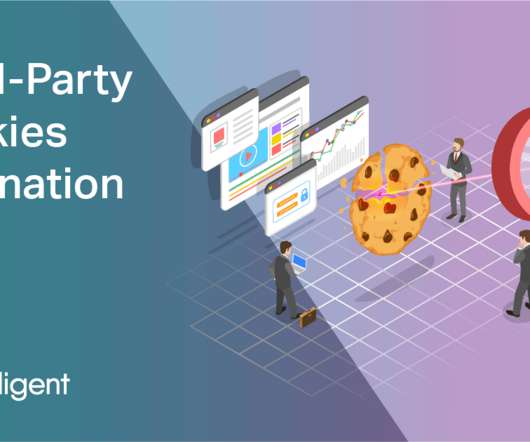How Third-Party Cookies Elimination Will Affect Programmatic Ecosystem
Adtelligent
MARCH 12, 2020
If the information lines up, the browser sends the relevant cookies together with the request. The first-party and third-party cookies are both data files that the web browser saves to the user’s computer. The website that user visits directly creates and stores first-party cookies.











Let's personalize your content